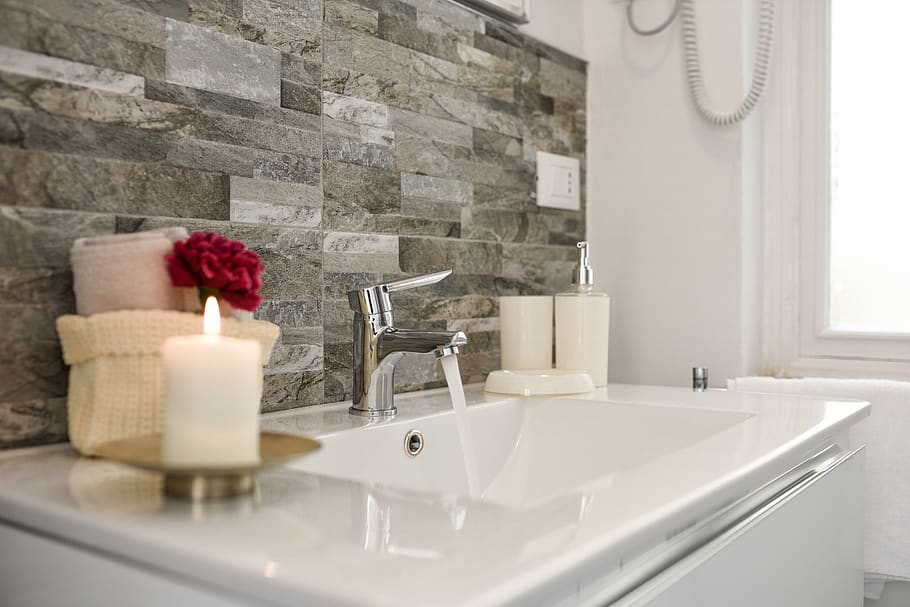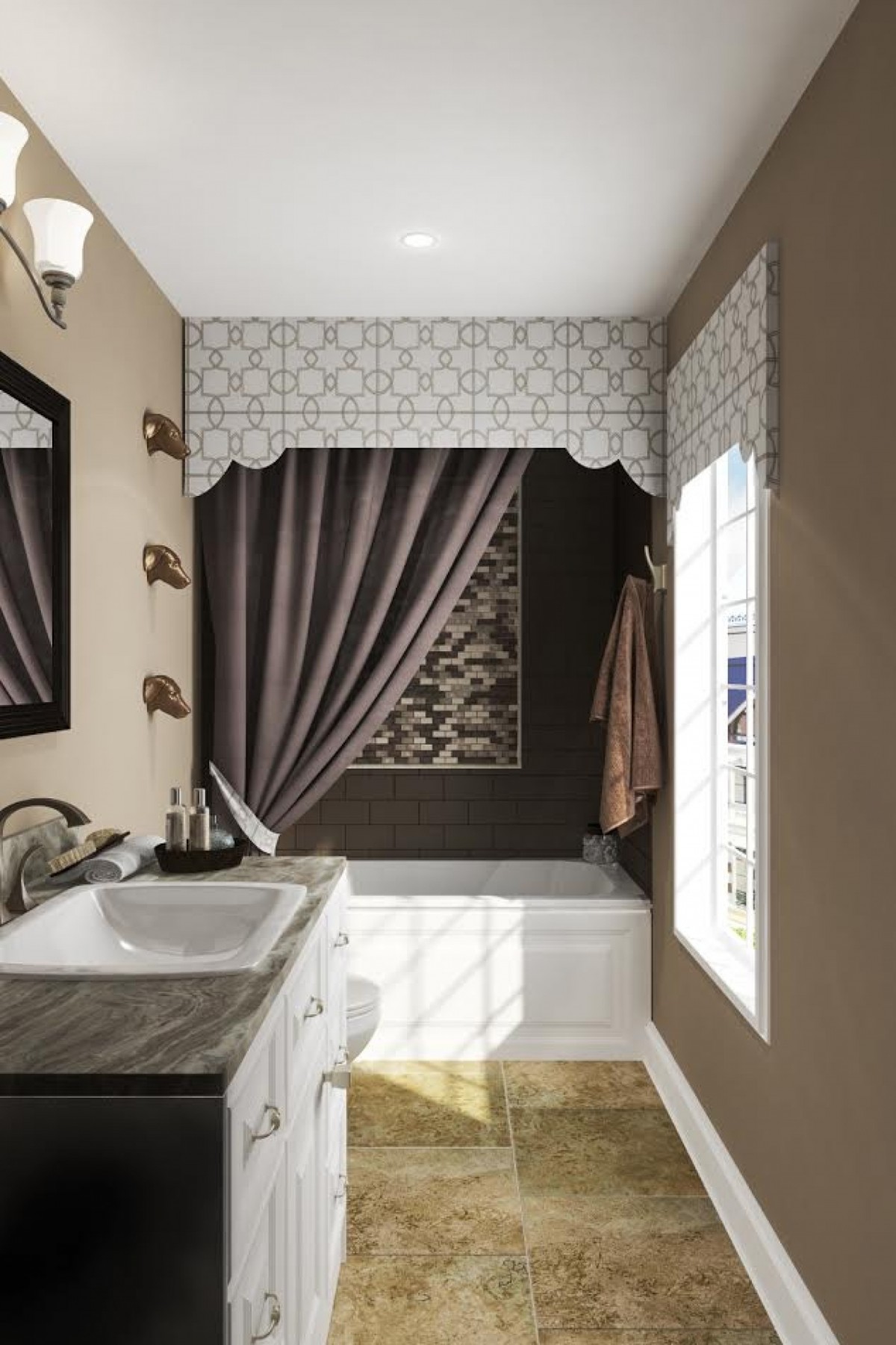Summary
– Characteristics of concrete
– How to use concrete in your bathroom?
– Why choose concrete for your bathroom?
– Limitations of choosing concrete for your bathroom
– How to maintain the concrete in a bathroom?
– Which professional to choose for a concrete bathroom?
Are you looking to renovate your bathroom? Consider a modern concrete bathroom—whether raw, waxed, smoothed or tinted, concrete in a bathroom can be used for the floor, walls or bathroom fixtures. With its sleek and modern look, it multiplies the assets in this wet room, even if you have to consider its installation and maintenance constraints. This article presents all the information you need to know before opting for your bathroom remodeling.
The characteristics of concrete
Concrete is a mixture of cement, water, aggregates and possibly additives such as resins and colourants. The proportioning of the various additives modifies the characteristics of the concrete.
Depending on the desired look, the concrete can then be left rough, smoothed, satin-finished or waxed. It can even imitate wood, tiles or even integrate optical fibres to offer magnificent light plays.
How to use concrete in your bathroom?
On the floor, and more specifically in new buildings, concrete takes the form of a screed about ten centimetres thick.
Millimetric, i.e. applied to a thickness of only a few millimetres, can be a self-smoothing cast concrete or a mortar used with a float or trowel. In the latter case, it is also possible to apply it to a wall.
Concrete can also be poured into a mould to create a basin, a shower tray or a bathtub.
Why choose concrete for your bathroom?

A polymorphic material, concrete offers many aspects: rough or sophisticated, smooth, satin or waxed. Modern, resistant, durable and waterproof, it is ideally suited for wet rooms. It can be applied to all types of surfaces and blends perfectly with materials such as glass, wood, metal, marble and slate.
Anti-slip if its finish allows for it; replacing tiles, for example, avoids the use of joints that blacken over time. It is also hygienic.
Another property of concrete is that its density allows it to store heat.
Limits to the choice of concrete in the bathroom
The surface on which concrete is applied must be perfectly sound, dry and strong enough to support it without breaking over time.
Its installation must be rigorous and generally requires the help of a professional. The slightest error in alignment can be fatal, and there is no turning back.
Some surfaces, like waxed concrete, are also sensitive to impact. And all of them can crack if the installation is not perfect.
Concrete is porous and must be protected with a water repellent or a varnish. Otherwise, grease and acids will quickly leave stains. You should also know that concrete ages and develops a patina over time.
What maintenance for concrete in a bathroom?

Abrasive and corrosive treatments should be avoided. You can maintain concrete with a mild cleaning product, such as black soap, by wiping it with a dry cloth. Please avoid stagnant water, which would eventually damage the concrete surface.
Tip: if your concrete bathroom (basin, shower, etc.) has become dull, use a sponge impregnated with a specially adapted wax that will waterproof it and restore its shine.
Which professional to choose for a concrete bathroom?
With over 30 years of expertise, Sha-Monique Construction will change your uninteresting bathroom into a stylish and efficient refuge where you can kick back and relax after your workday. Give them a call, and remember to share your experience with our readers.